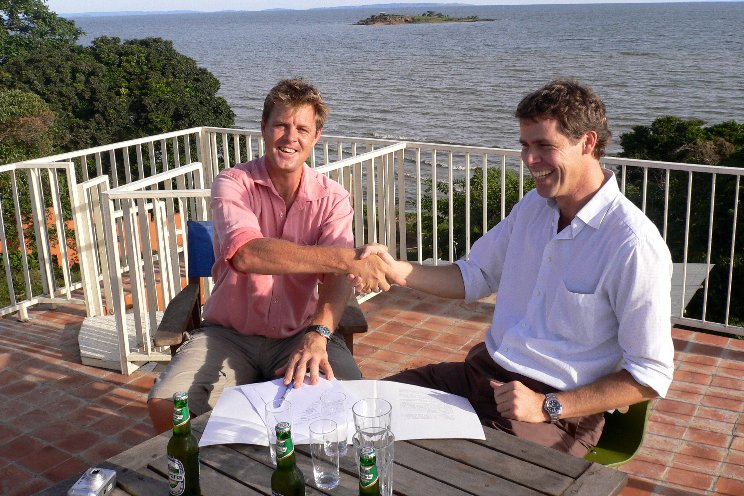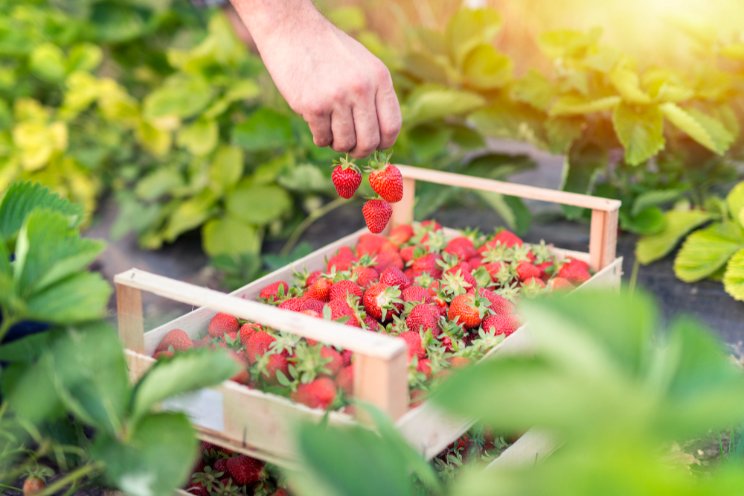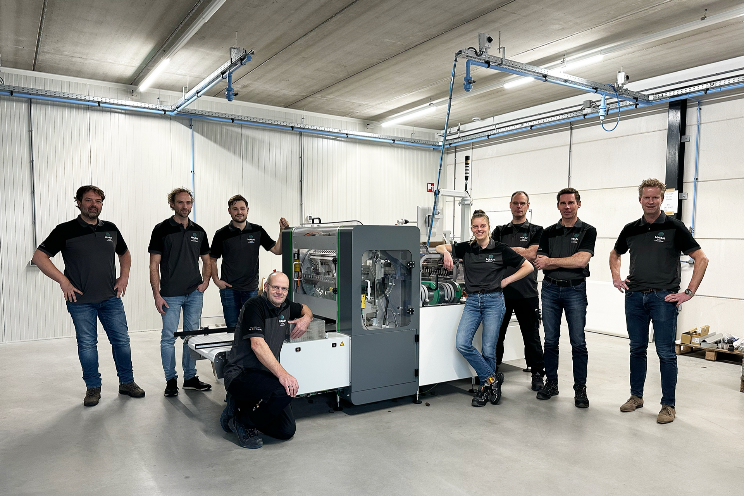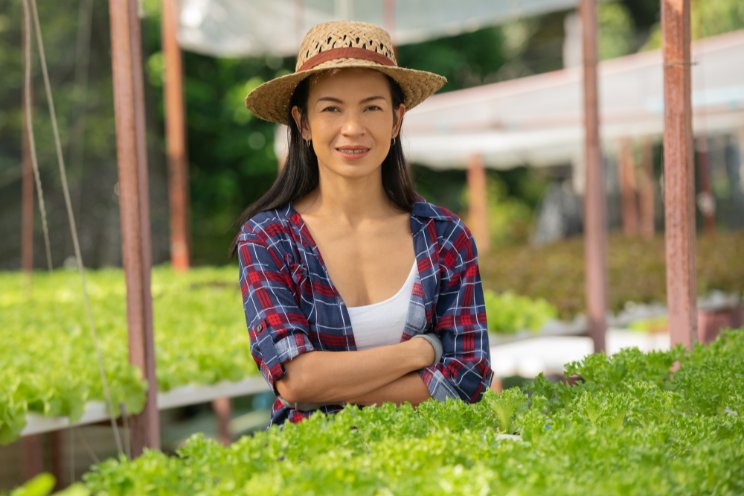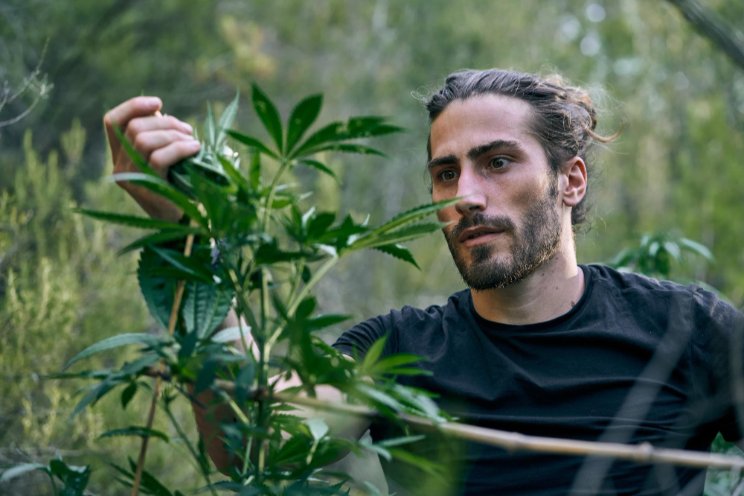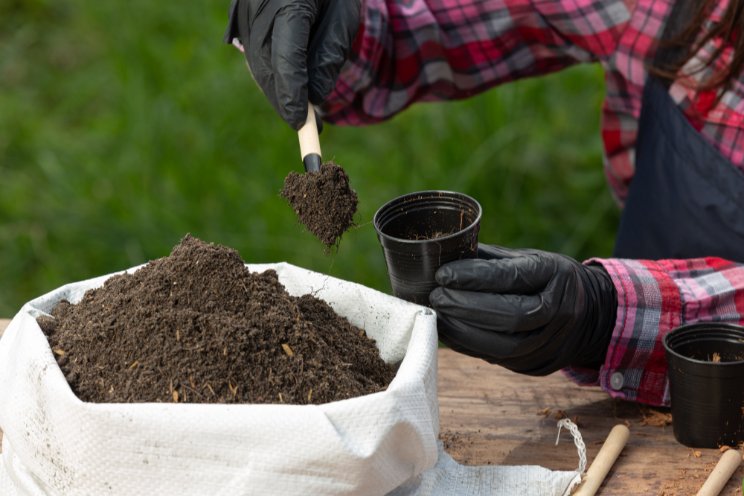REPORT | Where and how we live will get greener
Added on 24 January 2020

The recently released 2020 trend report by green-minded Garden Media Group — based in the world's mushroom capital, Kennett Square, PA — offers a look into the future of horticulture, which is a fancy word for gardening. Here are five highlights worth sharing and reflecting on:

1. Cities of the future will be greener. By 2050, 70 per cent of us will live in cities. In the urban spaces of Canada, the pressure to intensify residential areas, by squeezing more living units into each acre of land, is increasing. New homes include less real estate — yards — than a generation ago, and that creates a demand for green spaces that city dwellers can enjoy. Garden Media's report predicts that "tranquil, plant-filled environments for business and pleasure will become a greater necessity in future." And, it adds: "Sustainability is key." Our experience tells us that urban dwellers crave the benefits of green space more than ever. In addition to more and better equipped public parks, we see more green roofs, balconies and patios. A government incentive to green up what little outdoor space we have would be a grand idea.
2. Living green infrastructure will be in higher demand. Truth is, this is still a new idea to most Canadians. When we think of infrastructure, we tend to think of storm sewers, electricity services and even the new 5G network. Living green infrastructure can be quite simple. As simple as this: more trees. From the report: "Trees are our best management strategy for controlling storm water run off, urban heat island mitigation and reducing air pollution."
Living green infrastructure includes much more than trees. Bio swales, storm water management wetlands, parks, lawns and green roofs are just three other methods of creating green infrastructure. All of it will become more important in the next generation.
3. Green collar jobs. We read the words "green collar" for the first time in this report. Consider this: gardening grew by 6 per cent in 2018, expected growth by 2023 is 22 per cent. Jobs in horticulture number two-to-one to the graduates available to fill them.
While these stats are American, we believe that they closely reflect the Canadian experience. We know from our work with the Canadian Nursery Trades Association that attracting skilled, passionate workers into horticulture is a problem. Landscape contractors, greenhouse operators, nursery growers, retailers and maintenance professionals are all hungry for new talent in their ranks. There are 12 horticulturally based post-secondary schools in Ontario.
According to Lanscape Ontario, we need about five times the graduates to meet the demands of available jobs in Ontario alone.
4. Endangered soil. Erosion and deforestation have obliterated one-third of the world's topsoil in the last 100 years. The U.N. Food and Agriculture Organization predicts that soil, as we now know it, will be gone by 2050. It may well inspire a new slogan from our environmentally-minded young people: "What I stand for is what I stand on."
Just as we are running out of land to build new homes — think of Vancouver, hemmed in by water and mountains — we are also running out of naturally-sourced soil to grow our food. While we can't manufacture soil, we can recycle our food and organic waste. We just need to get better at it and find ways to deliver the nutrients of decayed plant material, otherwise known as compost, back to the land where it is needed most. In our view, soil is our most valuable natural resource.

5. Frog whisperer. This is a thing. A garden filled with amphibians indicates balance and a healthy ecosystem. Is your garden too quiet? This is not good. Frogs and toads are noisy, in a good way, and are an effective, natural form of pest control. They are also among the most environmentally sensitive creatures on earth as they breathe through their skin. When there are pollutants in the water, soil and atmosphere, frogs and toads are the first to know.
How does all this look for the future of gardening? Interesting, exciting and mostly bright.
Click here for more information.
Photo Courtesy of The Star
Source: The Star
More news
